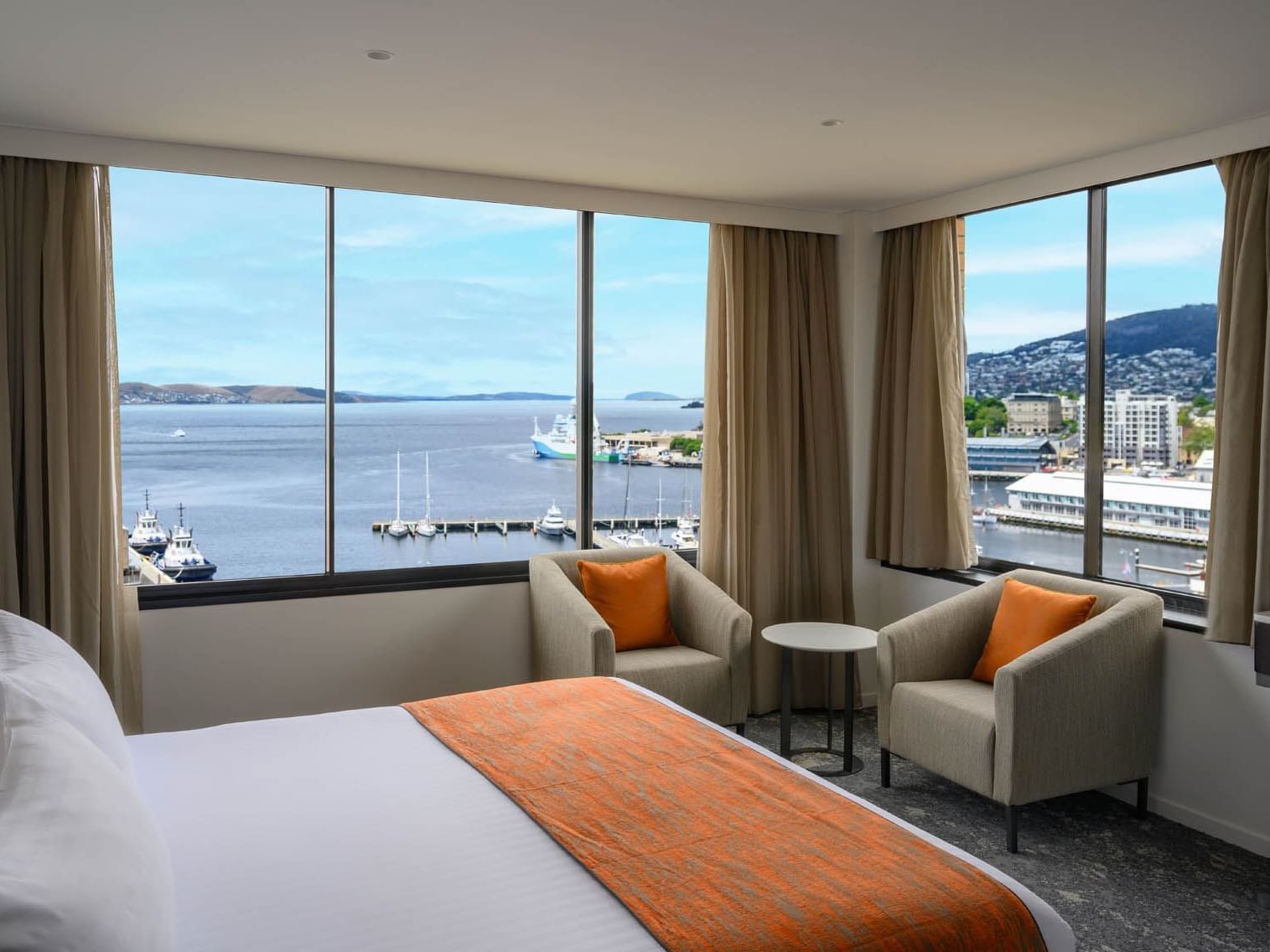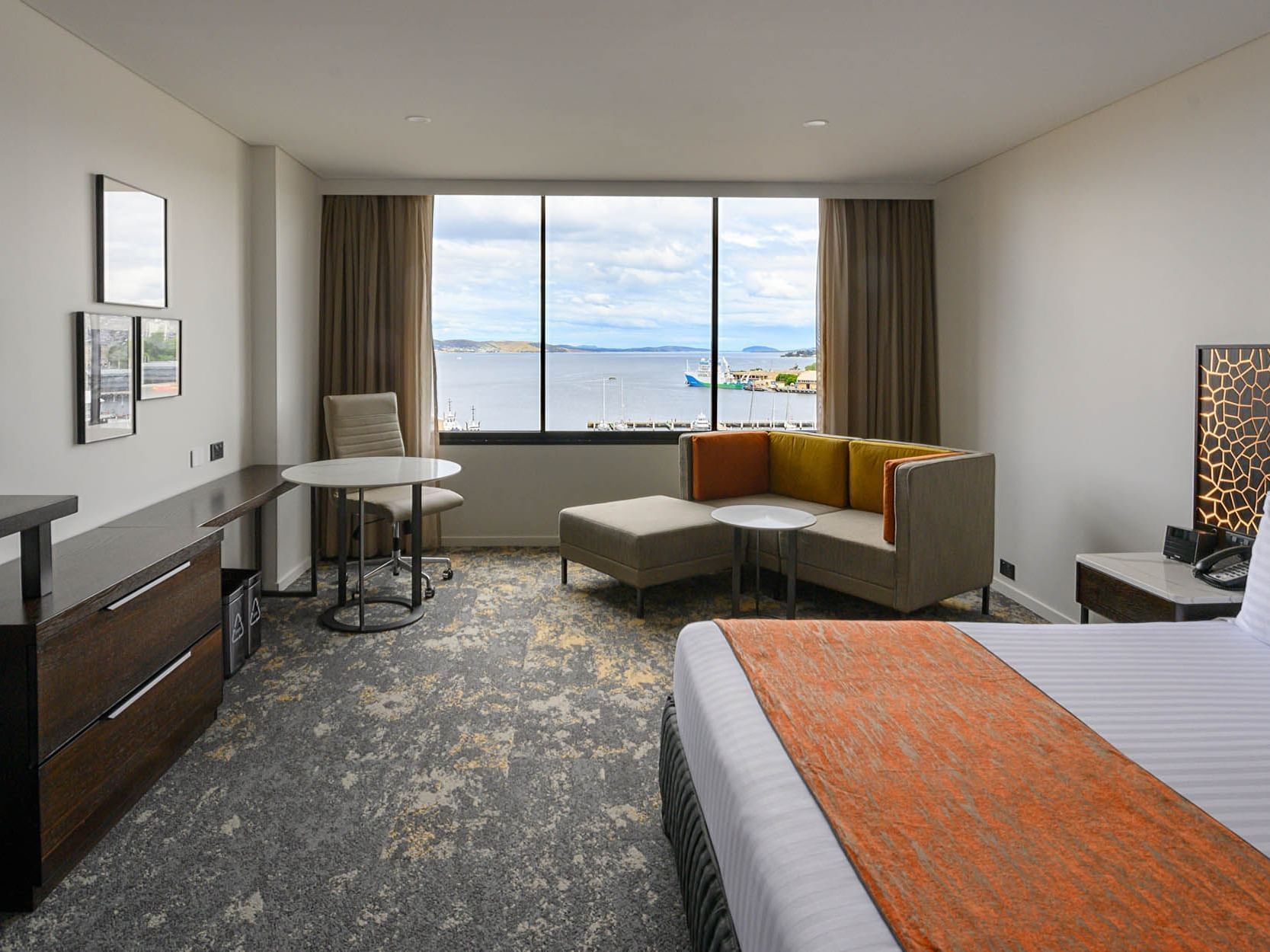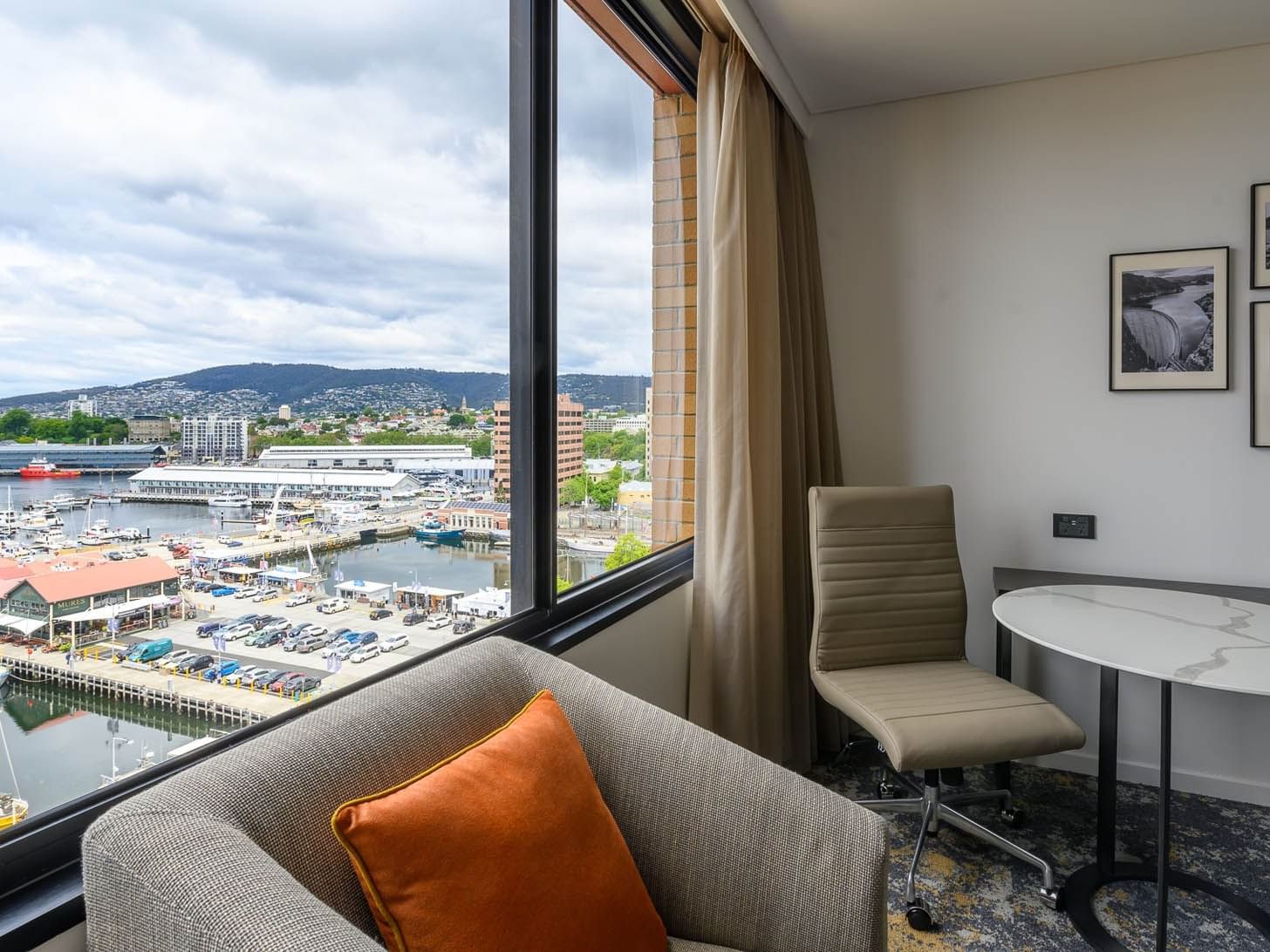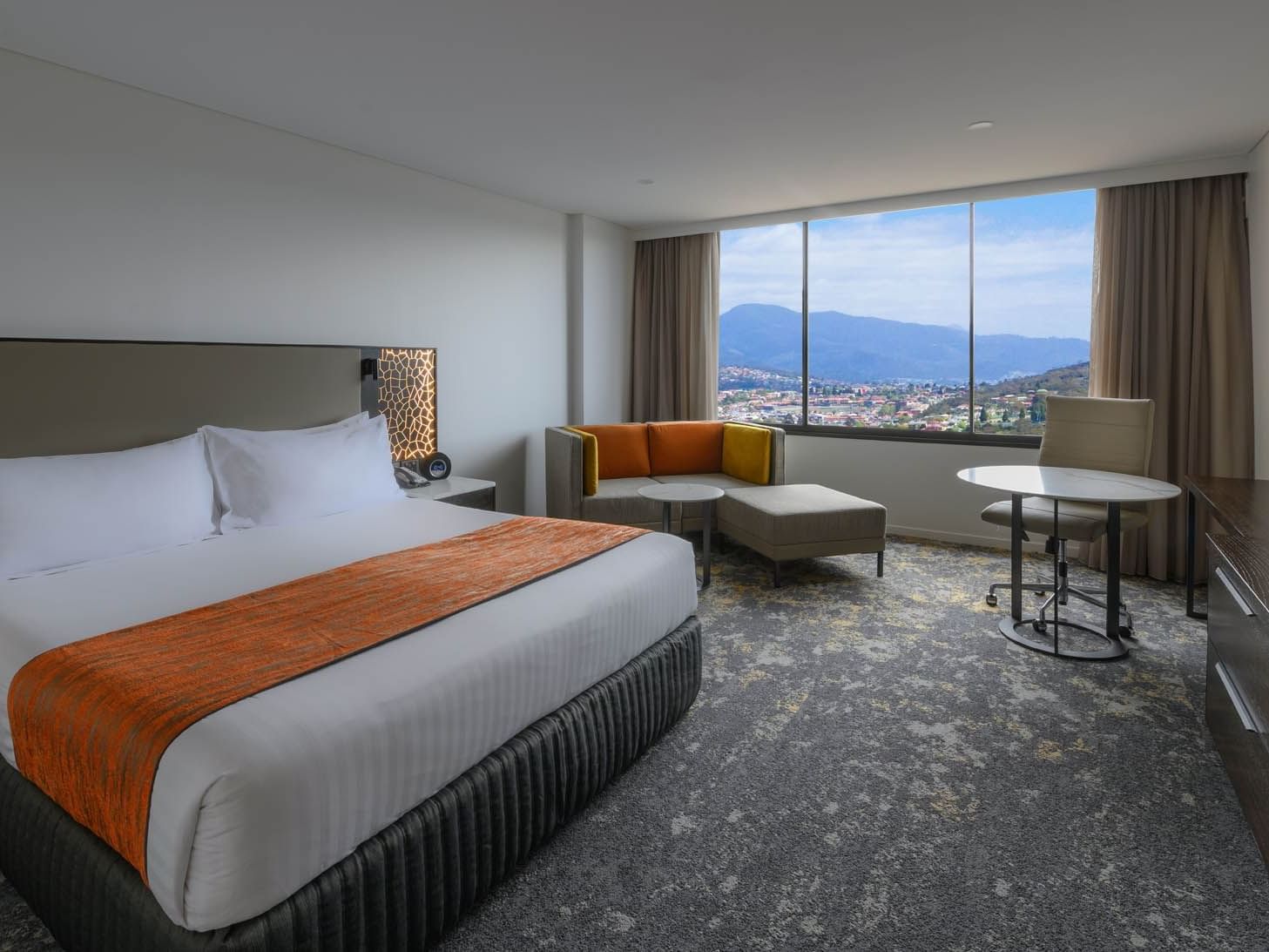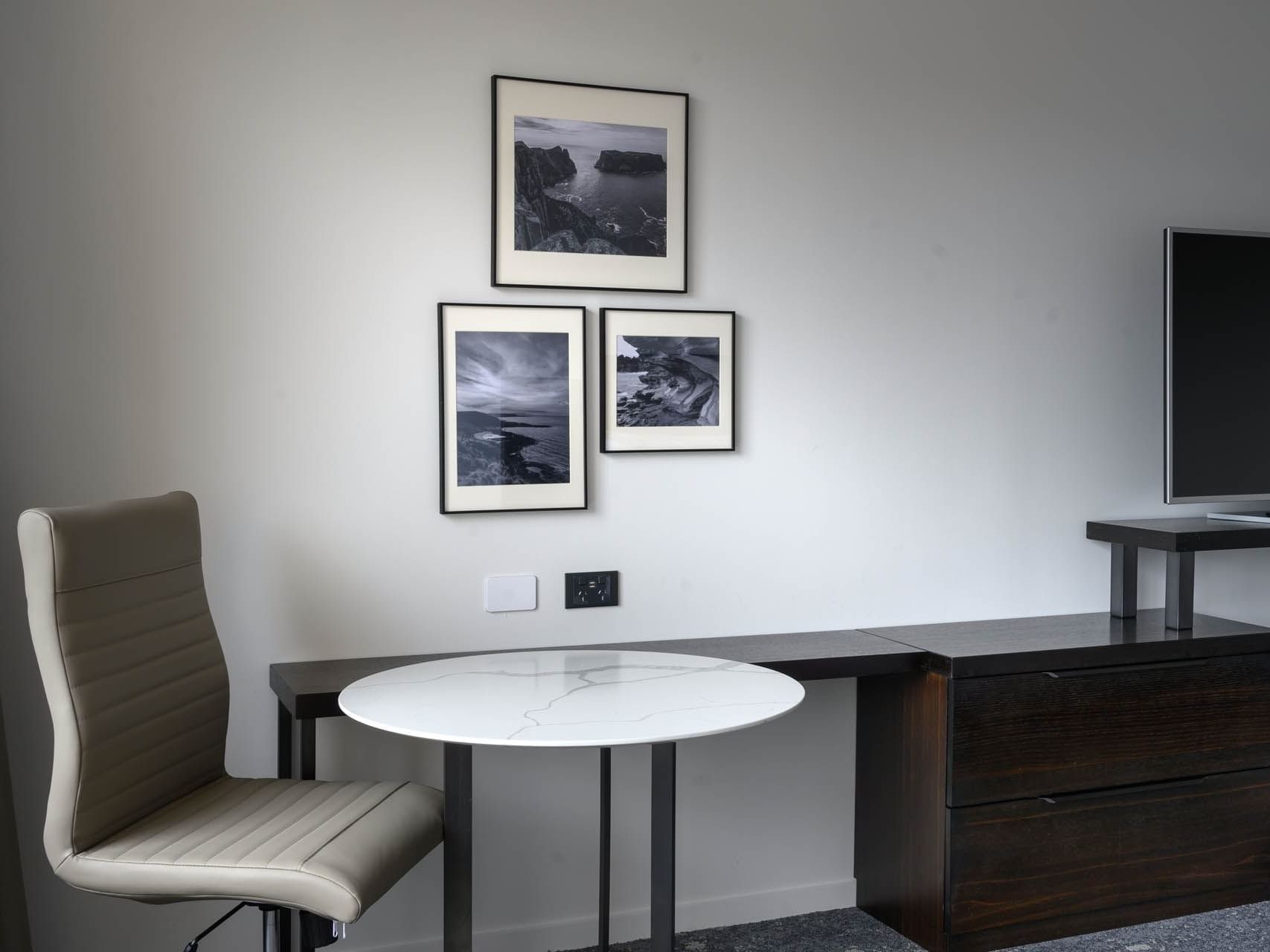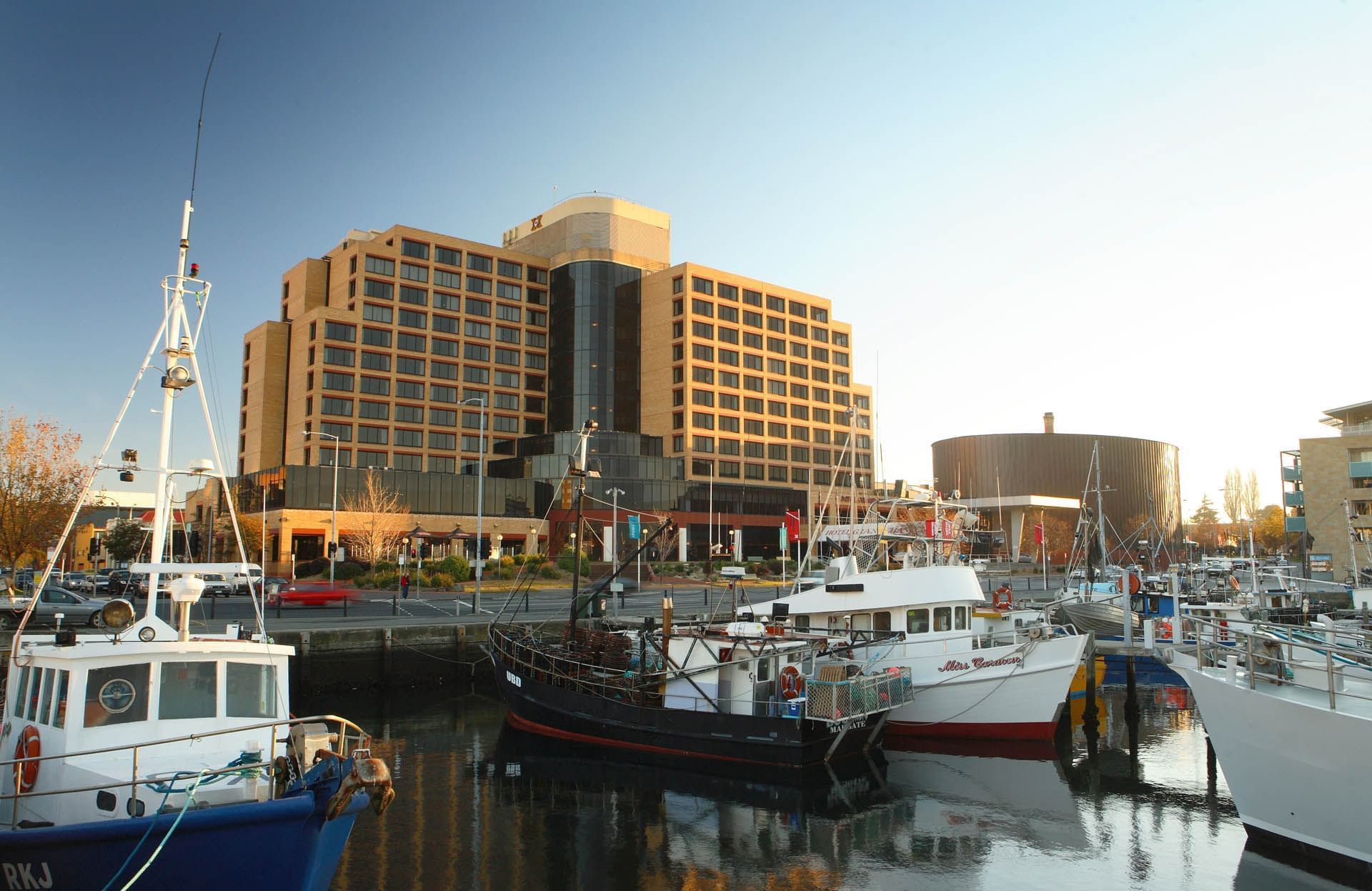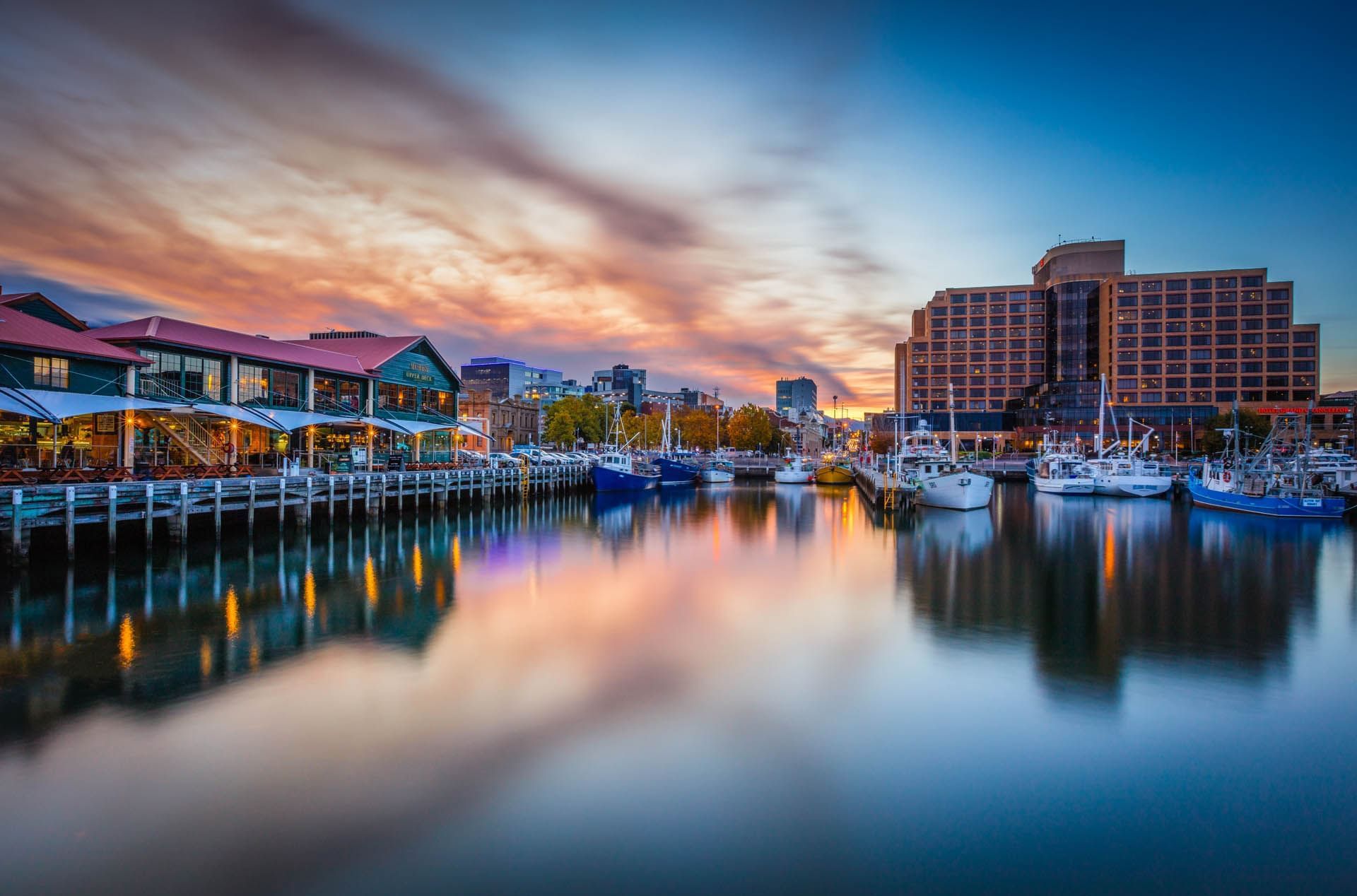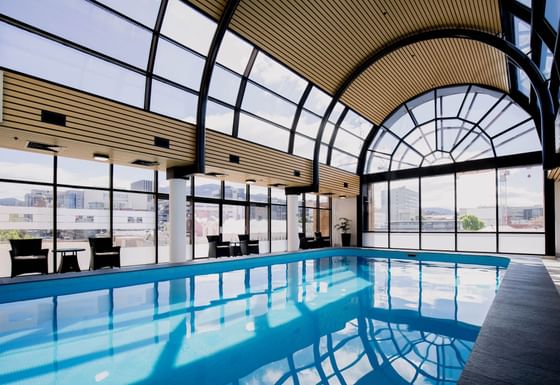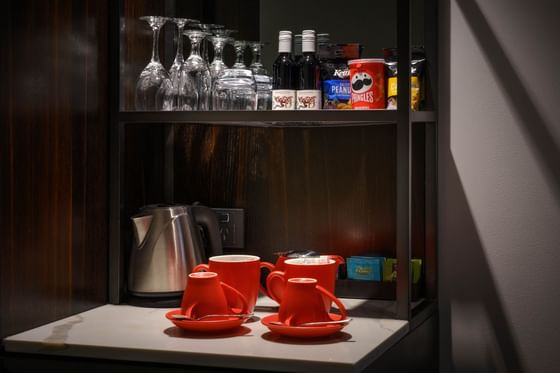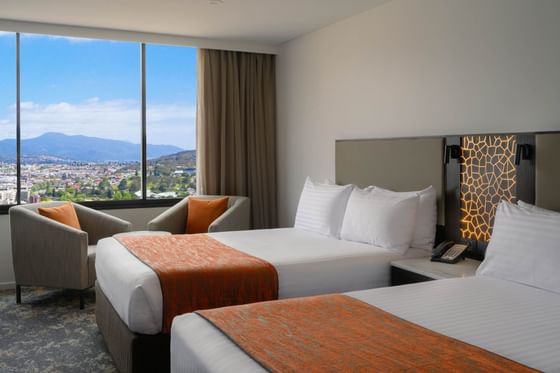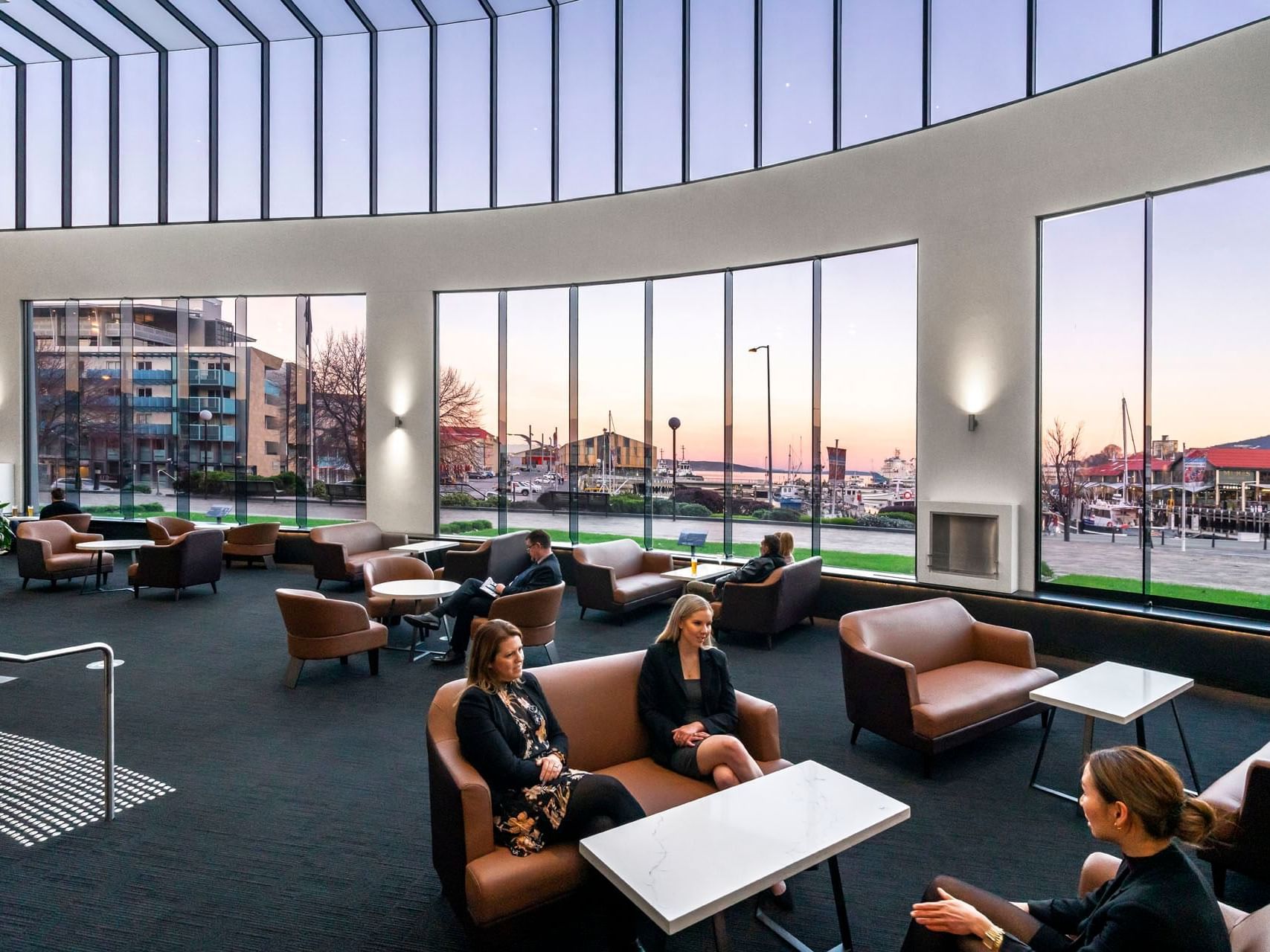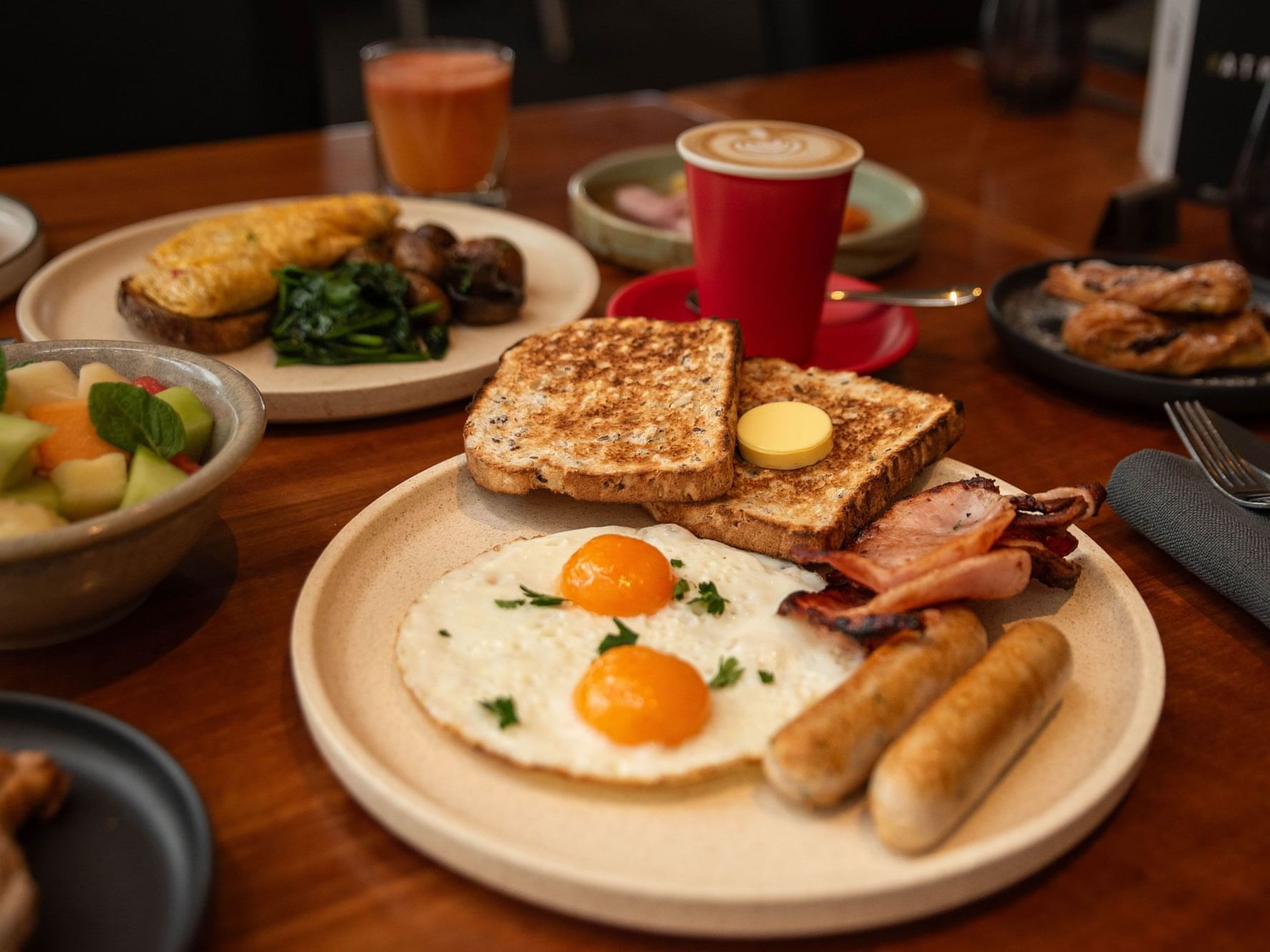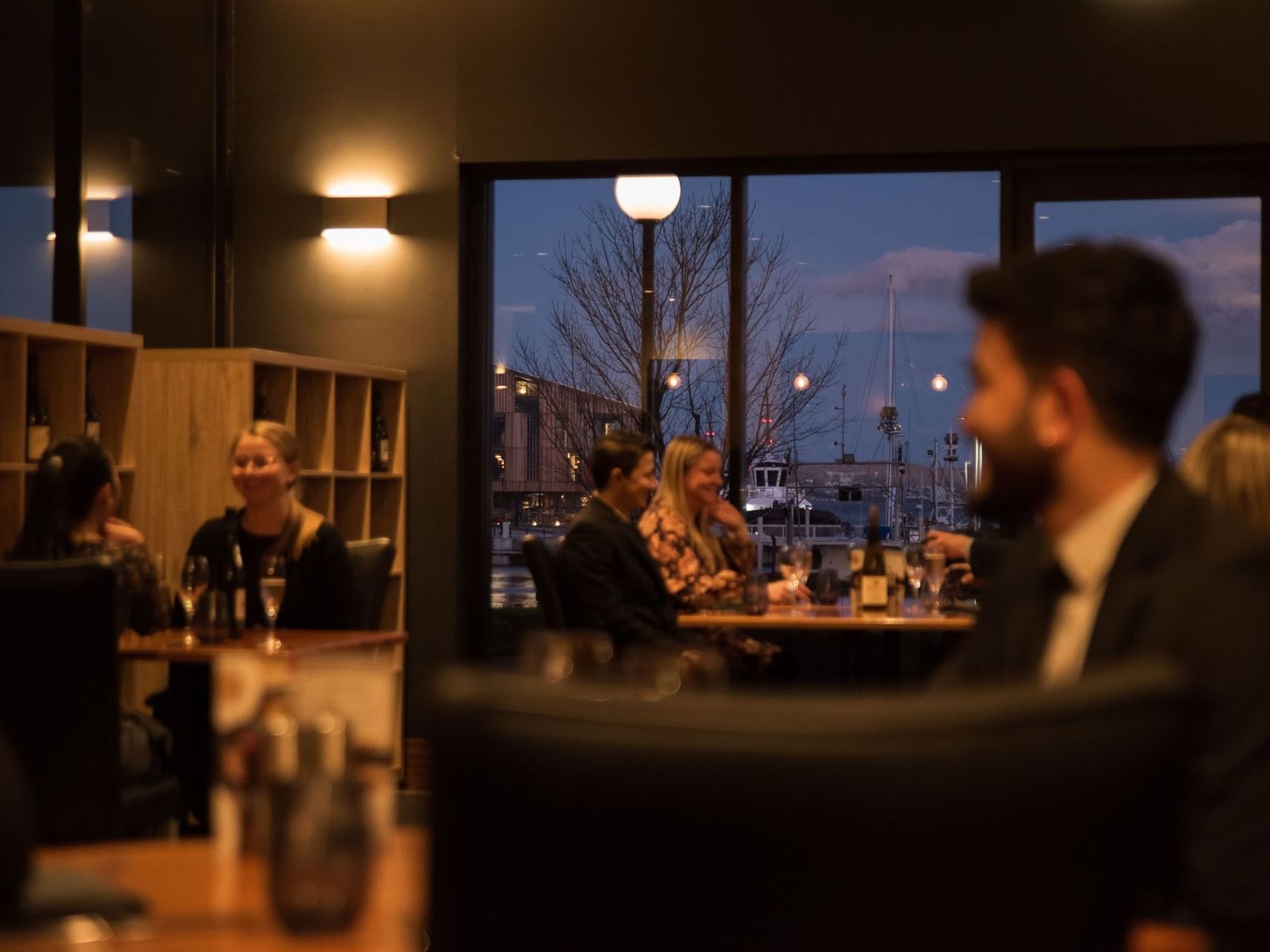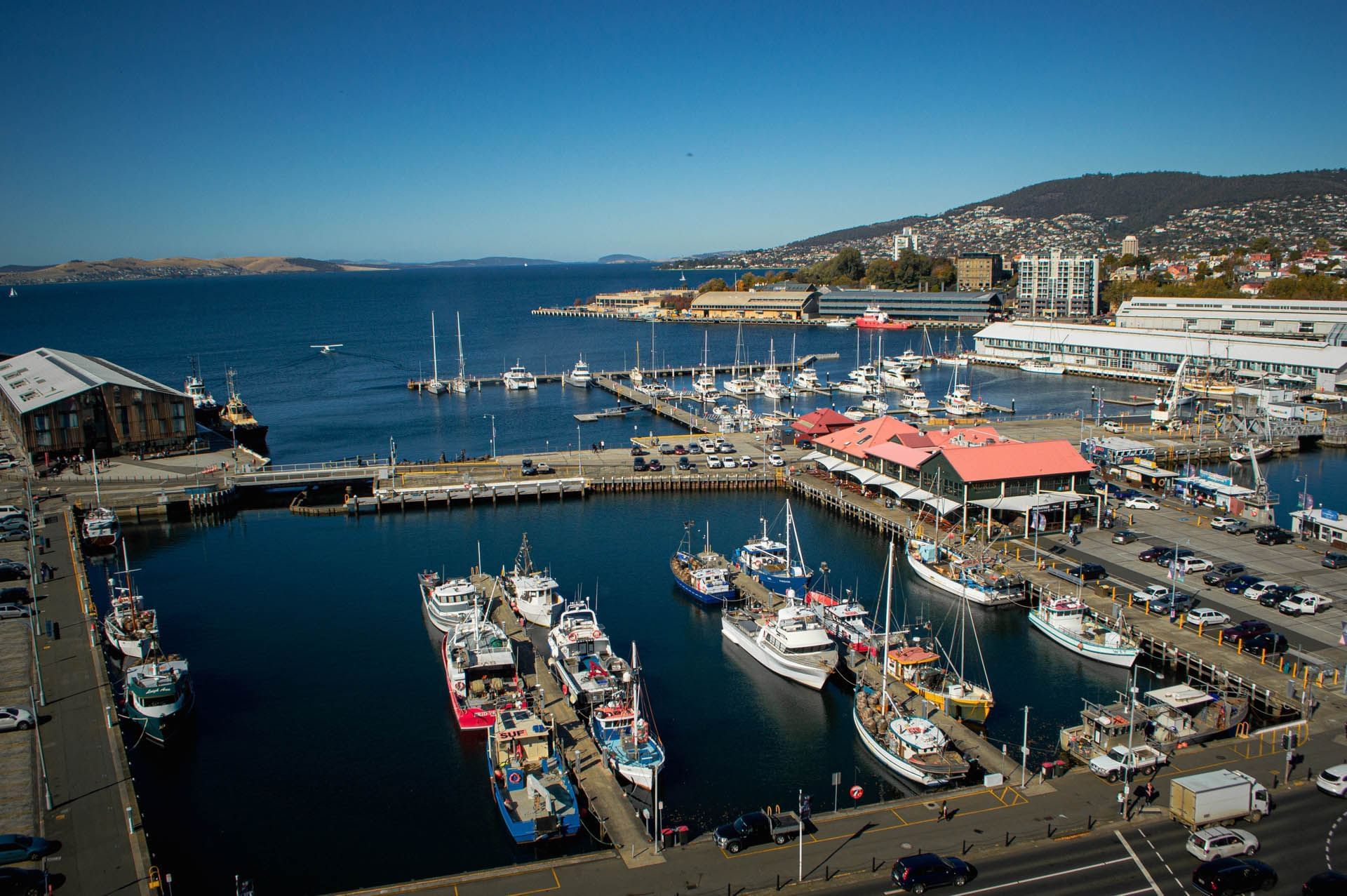Health & Wellness
- Indoor heated swimming pool
- Sauna facilities
- Fully equipped fitness centre
- Relaxation areas with harbour views
Business & Connectivity
- Complimentary high-speed Wi-Fi
- Business centre
- Concierge services for local recommendations
Convenience & Comfort
- Valet and self-parking options
- 24-hour room service
- Daily housekeeping
- Dry cleaning services
- Guest Laundry available
Family-Friendly Features
- Connecting rooms available (subject to availability)
- Children's menu available
- Baby cots and high chairs
- Family-friendly pool area
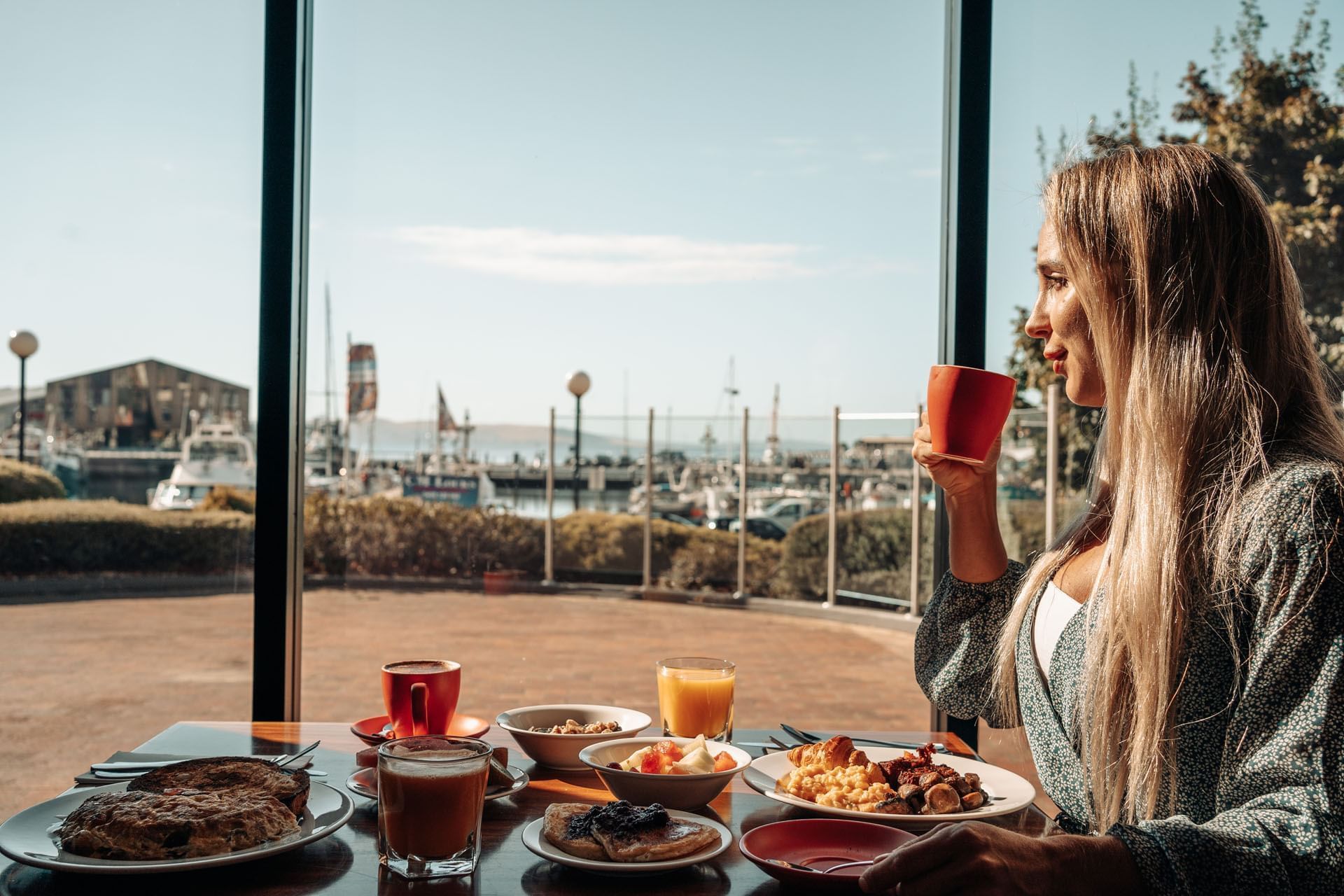
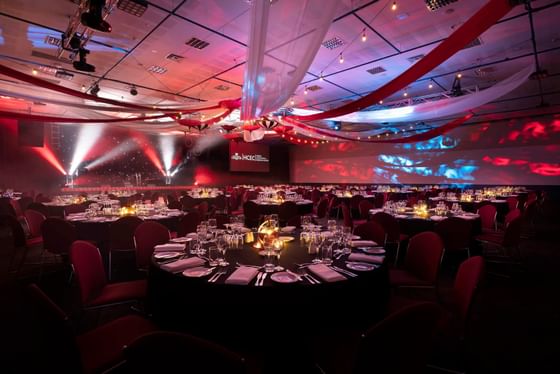
Social Events
From glamorous galas to vibrant cocktail parties, our hotel is your go-to venue for unforgettable social events. With scalable spaces that cater to over 1,000 guests and a dedicated events team, we'll help bring your vision to life.
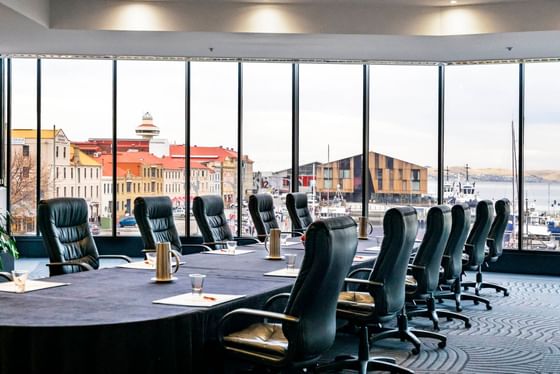
Meetings & Small Events
Plan your next meeting, workshop, or private event in one of our 11 spaces, all backed by expert support, quality catering, and easy access. Let us handle the details so you can focus on what matters.
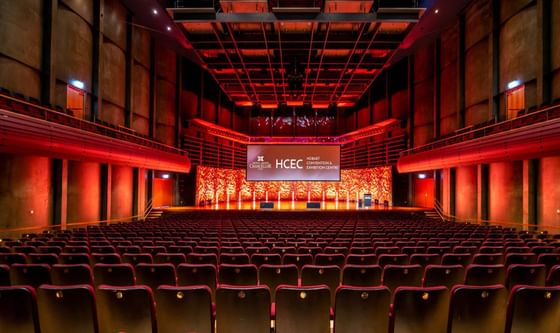
Conferences & Exhibitions
Host large-scale conferences, exhibitions, and corporate events at the Hobart Convention & Exhibition Centre — Tasmania's largest purpose-built venue. With flexible spaces, premium AV, and exceptional local hospitality, we make big ideas happen.

Everything you need to know before your Hobart stay
Does the hotel ever offer special deals?
We regularly offer special packages and advance booking discounts to help you save on stays. For the most current rates and best deals, we recommend booking directly through our website or giving our reservations team a call.
Is the hotel family-friendly?
Absolutely! We welcome families with open arms. You'll love our spacious rooms, indoor pool on the 10th floor, and central location that's perfect for exploring Hobart's family attractions.
How far is Hobart Airport from the city centre?
Hobart Airport is about 17 kilometres from the city centre – usually a 20-25 minute drive by car or taxi. Our central waterfront location makes us easy to reach from the airport, and our concierge can help arrange transport if you need it.
Is there public transport available near the hotel?
Yes! Our waterfront location gives you excellent access to public transport options. We're also perfectly positioned for the popular MONA ferry, which departs nearby and offers a scenic journey to the Museum of Old and New Art. Local buses and taxis are easy to find from our central spot.
Does the hotel offer free parking?
We know parking matters when you're choosing where to stay in Hobart. While we don't offer free parking, we do provide both valet and self-parking options at competitive rates, starting at $25 per day. The good news? Our central location means you can walk to most attractions, and our concierge team can point you toward the best parking options for your needs.
Is the hotel located near any of Hobart's major attractions?
Our waterfront location puts you within walking distance of Hobart's key attractions – it's one of the best spots to base yourself in the city. Salamanca Place and its famous weekend markets are just steps away, historic Battery Point is an easy stroll, and the MONA ferry departs nearby. The CBD, shopping areas, and major cultural attractions are all within easy reach.
